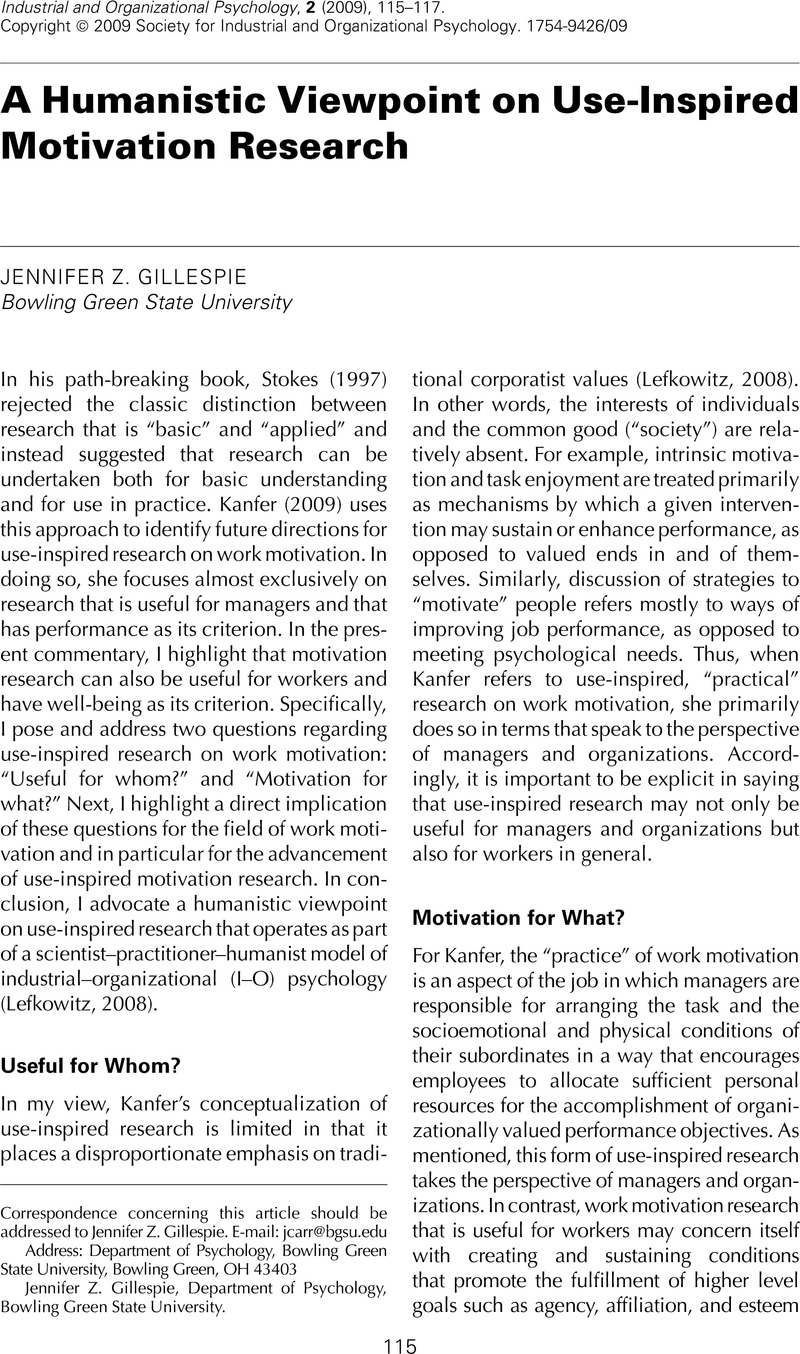Crossref Citations
This article has been cited by the following publications. This list is generated based on data provided by Crossref.
Kanfer, Ruth
2009.
Work Motivation: Advancing Theory and Impact.
Industrial and Organizational Psychology,
Vol. 2,
Issue. 1,
p.
118.
Dominick, Peter G.
and
Gabriel, Allison S.
2009.
Two Sides to the Story: An Interactionist Perspective on Identifying Potential.
Industrial and Organizational Psychology,
Vol. 2,
Issue. 4,
p.
430.



